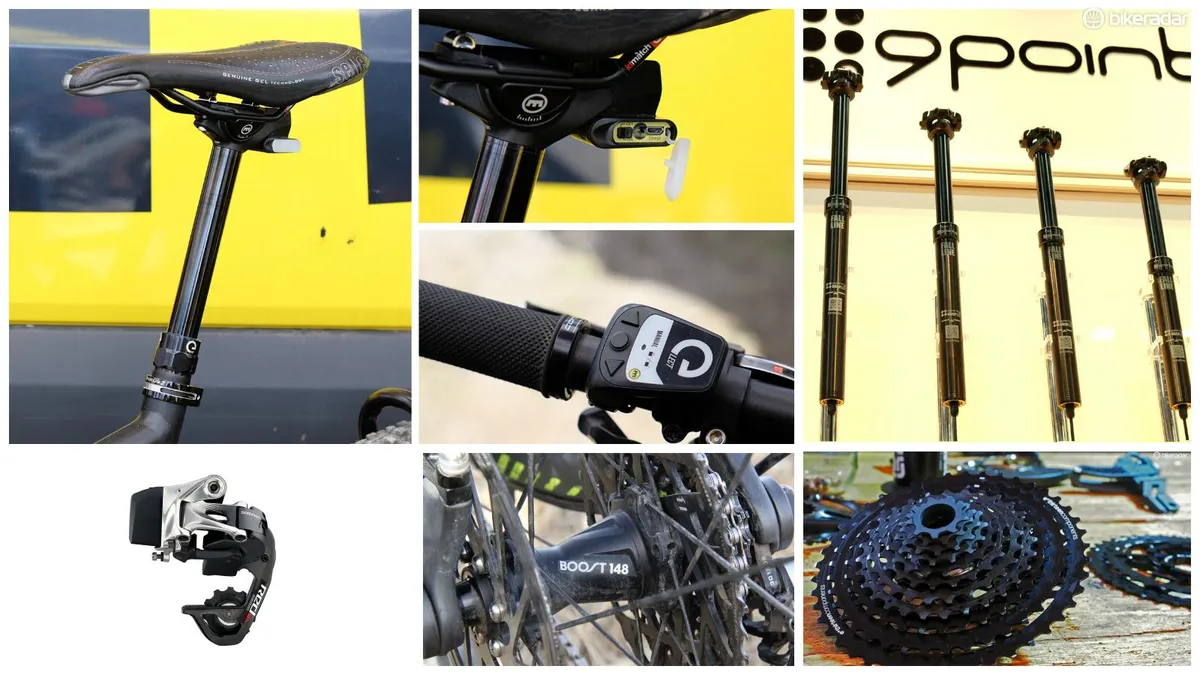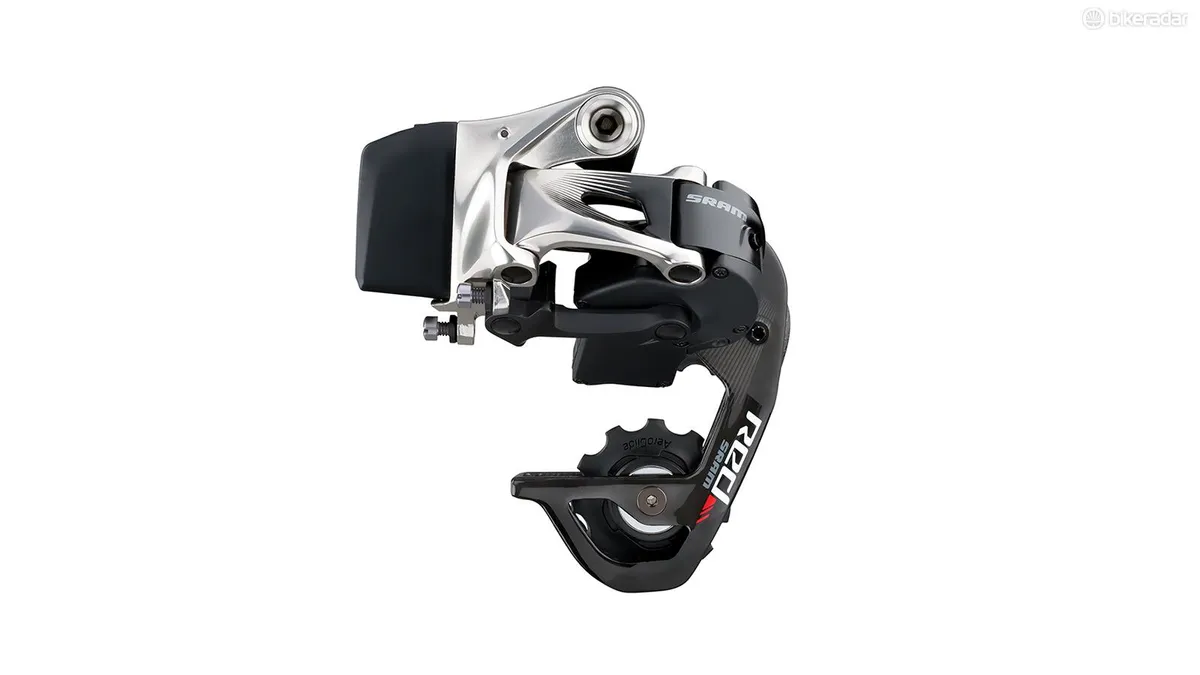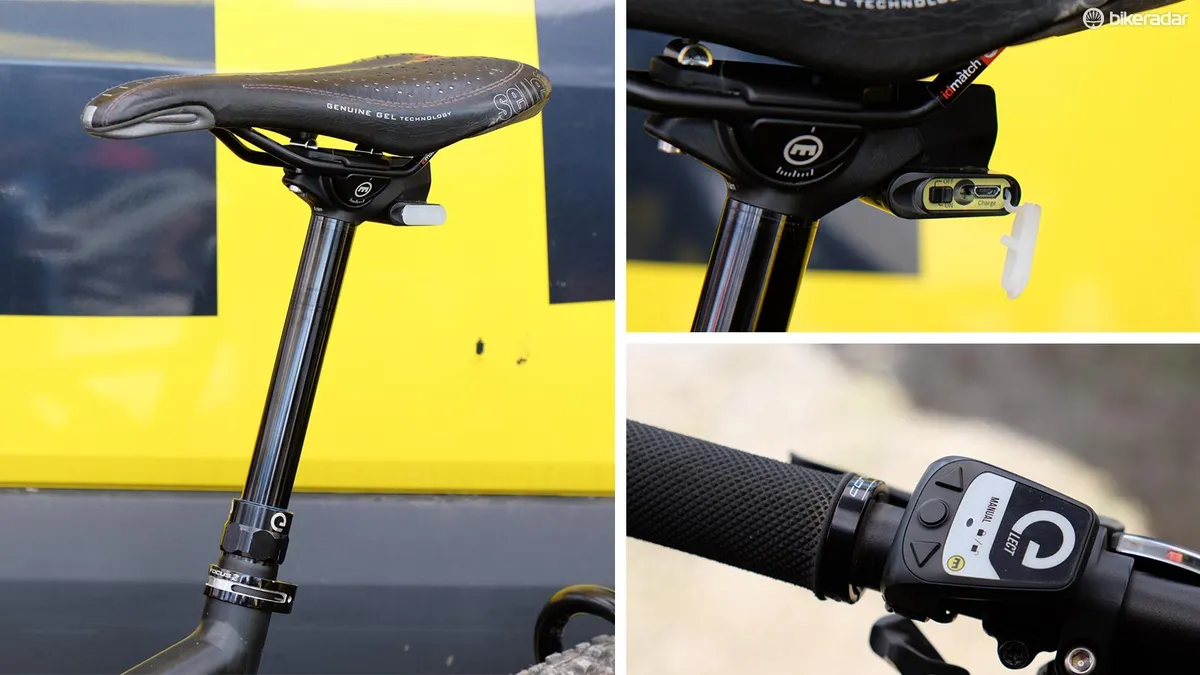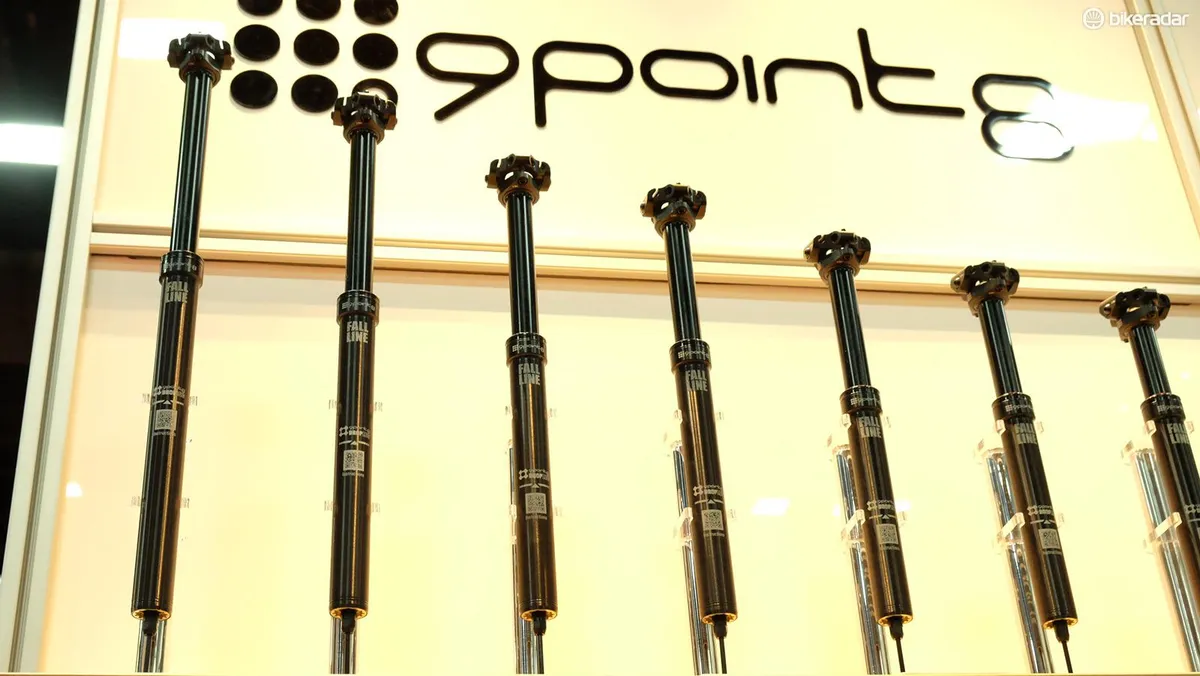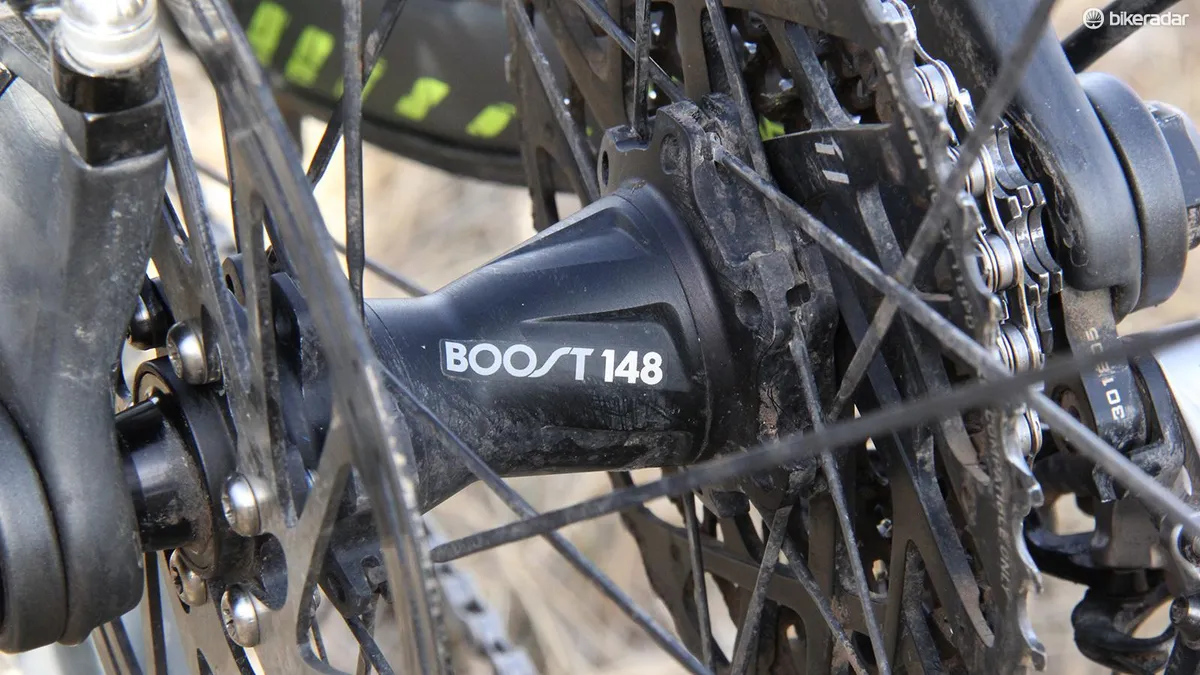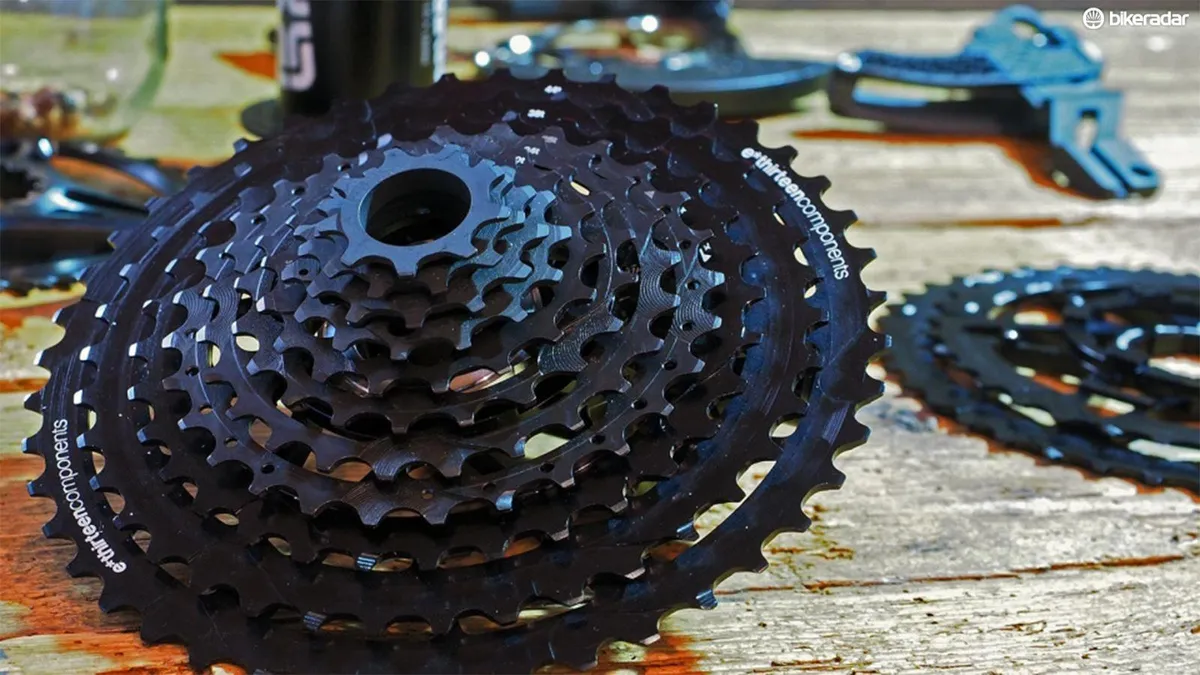Looking back at 2015, there were quite a few shake-ups in mountain bike tech.
As predicted, 27.5+ bikes were everywhere. Not that I tried, but I couldn’t have swung a dead cat around a trade show hall this year without hitting a plus-sized mountain bike. Hardtails, full suspension, electronic mountain bikes, even recumbents – mid-sized fat rubber was mounted to everything conceivable.
This year we saw a strong resurgence of interest in coil shocks. As good as modern air shocks are, there’s no substitute for the suppleness and dependability of a coil-sprung damper. Their associated weight penalty is more than offset by today’s lightweight carbon frames and wheels.
Related: The coil-sprung comeback
So what can riders expect to encounter in 2016? Here are my best, slightly educated guesses. They’re partly based on predictable product cycles, with a dash of industry gossip, and a healthy dose of self-interest in products that I would want to ride, if they existed.
Electronics will be everywhere
Our mountain bikes are becoming increasingly wired. Even if you swear off e-bikes, you’ll probably encounter electronically-controlled mountain bike components in the near future.
Shimano’s product cycles are quite predictable. It’s very likely that we’ll see the introduction of an XT-level Di2 group at some point in 2016. While XTR Di2 impressed us with its consistent performance, the group is outrageously expensive. Here’s to hoping XT Di2 comes with a more realistic price tag.
While Shimano’s trickle-down product development is a known entity, SRAM’s product releases aren’t quite as predictable. However, it doesn’t seem like a stretch to expect SRAM to develop an off-road version of eTap.
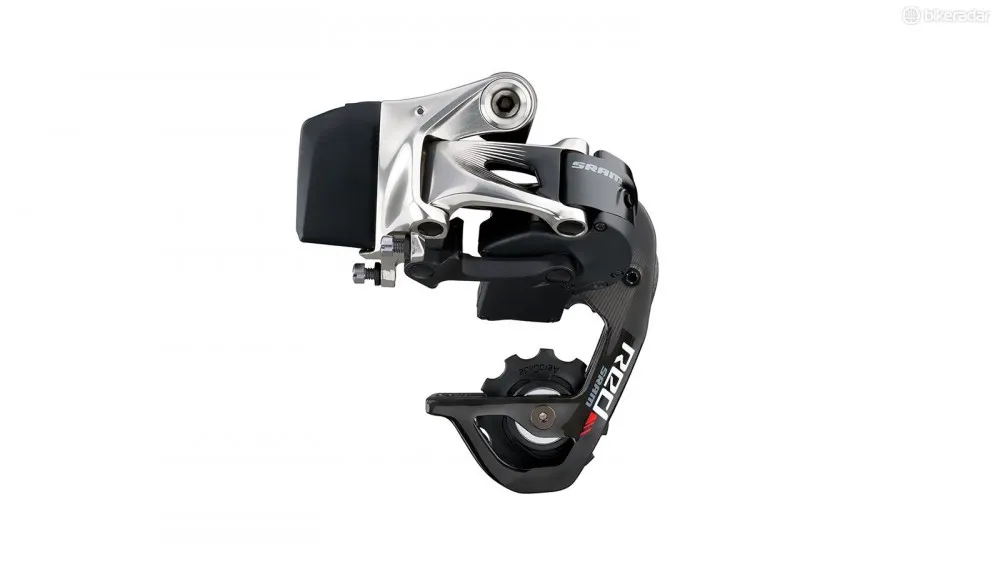
Add clutch and a longer cage and you've got an eTap mountain bike drivetrain, right?
To an outsider like myself, this seems like a relatively easy adaptation of SRAM’s wireless shifting technology. An XX1-level eTap system only needs one shifter controlling one derailleur. That’s half as complex as the SRAM RED eTap group. Will that mean it will be a half as expensive? I doubt it.
Next-level dropper tech
Even if you’re one to bemoan electronic drivetrains, don’t write off electronic droppers just yet.
I think electronic droppers could be great for the average mountain biker. If you can sync a Bluetooth speaker with your phone you should have no problem installing and setting-up a wireless dropper. No cables to route, no hydraulic lines to bleed — just make sure you charge the batteries.
Droppers aren’t cheap, so having the ability to quickly swap one post between bikes is another potential plus.
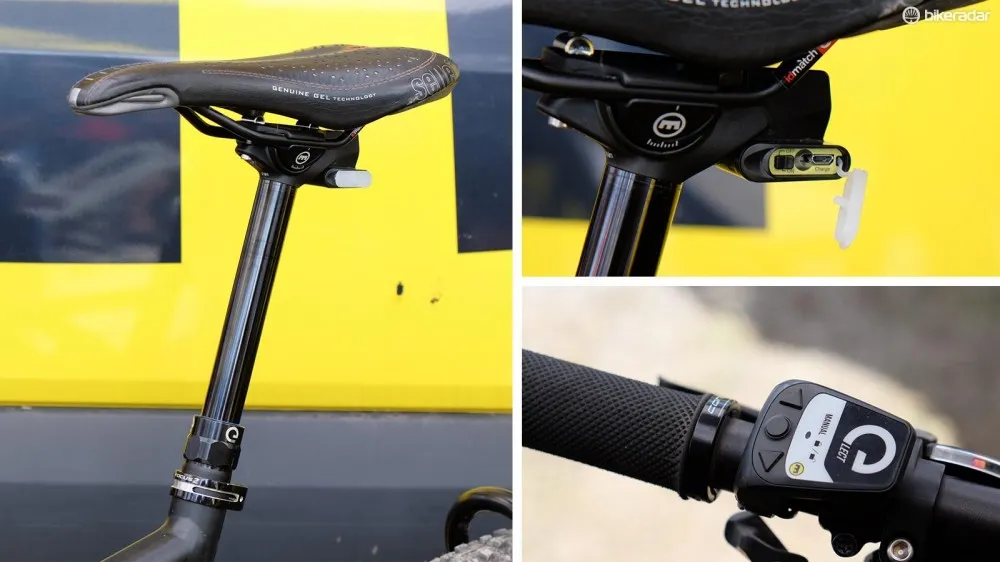
Magura’s Vyron eLECT dropper seatpost may have been the first to market, but it won’t be the last. Look for other wireless droppers to make an appearance at some point in 2016.
Longer droppers
In addition to electronic seatposts, longer-stroke dropper seatposts are on the horizon.
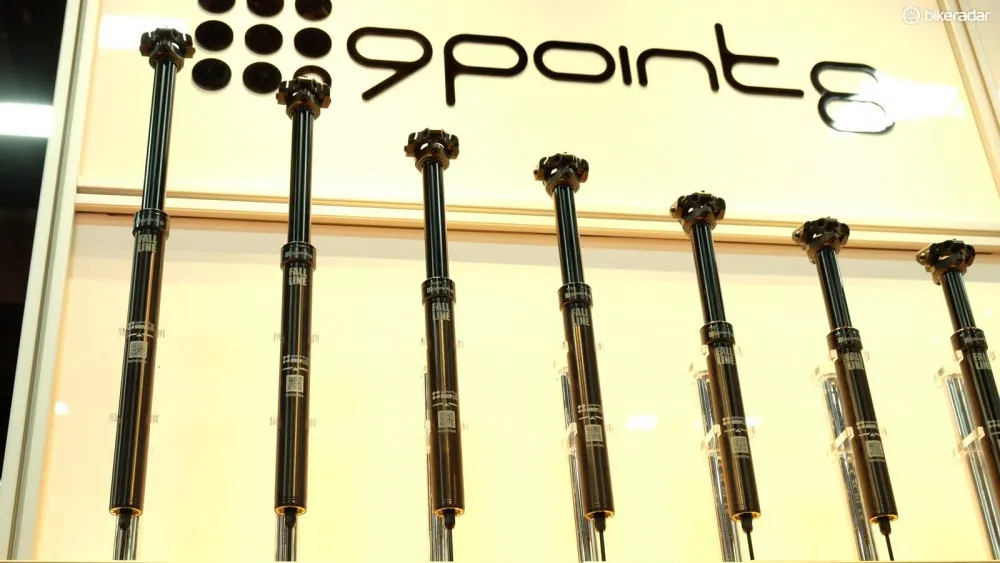
Dropper tech will reach a new low in 2016
Not content to stop at ‘just’ 150mm of drop, the Canadian dropper company 9point8 is developing versions of its Fall Line seatpost with 175mm and 200mm of adjustable travel. If you’re vertically inclined, you may really appreciate this extra saddle clearance.
For some companies, this increase in dropper travel will mean moving to larger diameter seatposts. In fact, it’s already started happening. Santa Cruz made the move from 30.9mm to 31.6mm in order to accommodate the 150mm RockShock Reverb on the redesigned 5010 and Bronson.
I expect that things will go a step further for some companies, with 30.9mm and 31.6mm seatpost diameters being replaced by 34.9mm.
Last but not least, I have my fingers crossed that at least one dropper seatpost with a self-dropping function will pop up at some point next year.
Related: Examining the next generation of dropper tech
Boost is the new normal… for now
When SRAM and Trek rolled out ‘Boost’ axle spacing in the summer of 2014 – AKA 148x12 rear and 115x15mm front axle spacing – it was positioned as solving wheel stiffness issues associated with 29ers.
Time has proven that this is the new normal for all mountain bikes, regardless of wheel size.
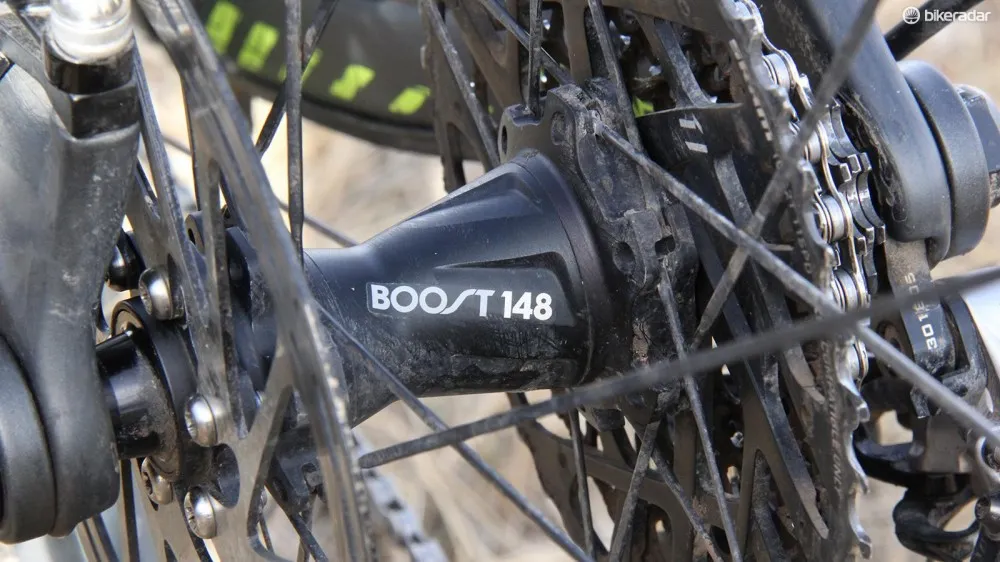
Boost is here. Are we done yet?
There is already talk among some frame designers that 148 is not wide enough for some applications. It seems incredibly infuriating that the industry may already be changing standards, but it’s entirely possible. The growth of the 27.5+ market seems to have spurred on a desire to increase tire clearance even further without affecting Q-factor.
If this is the case, we’d be all the way out to 150mm, but this wouldn’t be the same 150mm spacing found on some downhill rigs (which actually measures out to 157mm and requires a wider bottom bracket shell). Rather than adjust Q-factor, it might be possible to use offset spiders like SRAM did in pushing its chainline out from 49 to 52mm to accommodate the 148x12 rear ends.
If you’re reading this and getting ready to pull your hair out, I’m right there with you.
Wider-range drivetrains
SRAM’s 11-speed drivetrains give riders a 10-42t range while Shimano’s XT M8000 group comes close with an 11-42t range. That covers a pretty good spread for 1x drivetrains, but aftermarket companies are already addressing the need for an even wider range.
OneUp and Wolf Tooth have developed 44t add-on cogs that replace the press-fit 42t cog on SRAM’s X01 and XX1 cassettes.
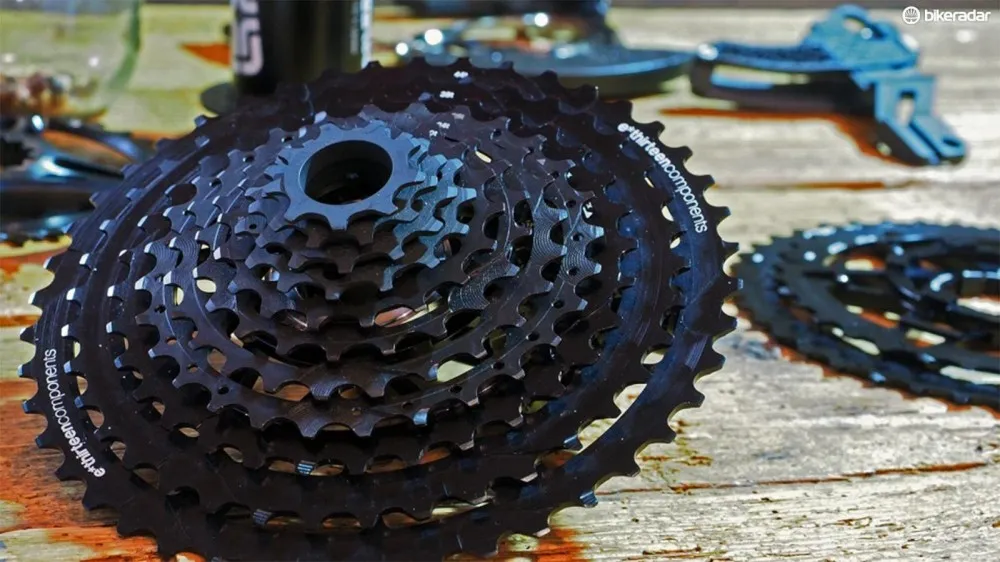
SRAM and Shimano won't sit idly by and let aftermarket companies take market share from their drivetrains
Aftermarket wide-range cassette options are popping up as well. This summer at Eurobike, e*thirteen showed off its TRS+ cassette. Available in 10 and 11-speed versions, this cassette covers a 9-42t range in its 10-speed version and steps up to huge 9-44t spread in its 11-speed form.
If aftermarket companies are out-ranging SRAM and Shimano’s stock drivetrains, what comes next?
I’m not much of a conspiracy theorist, but what if there was an additional reason for adopting wider rear ends. What if wider rear axle spacing also makes it easier to squeeze a twelfth cog onto the cassette?
It’s just a thought, but let’s see where 2016 takes us.
